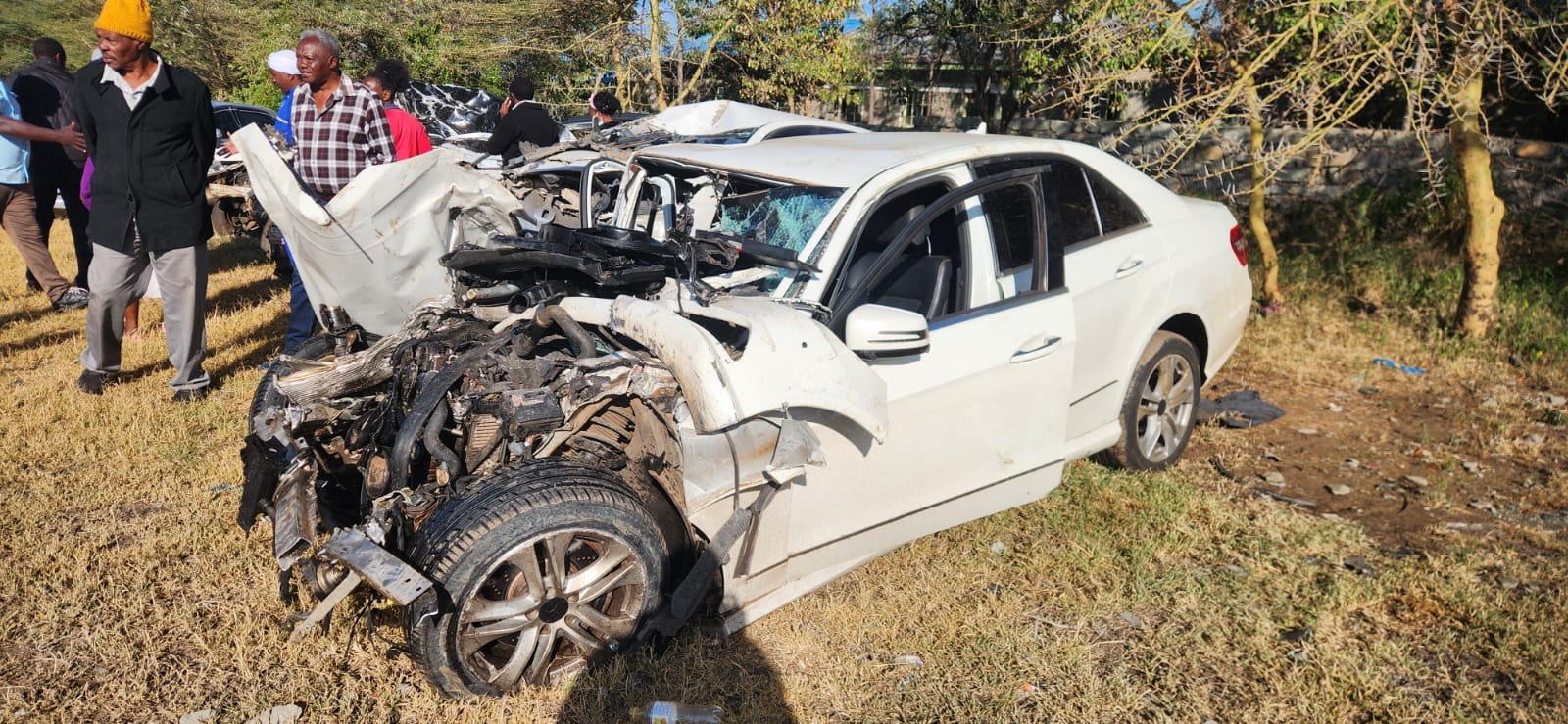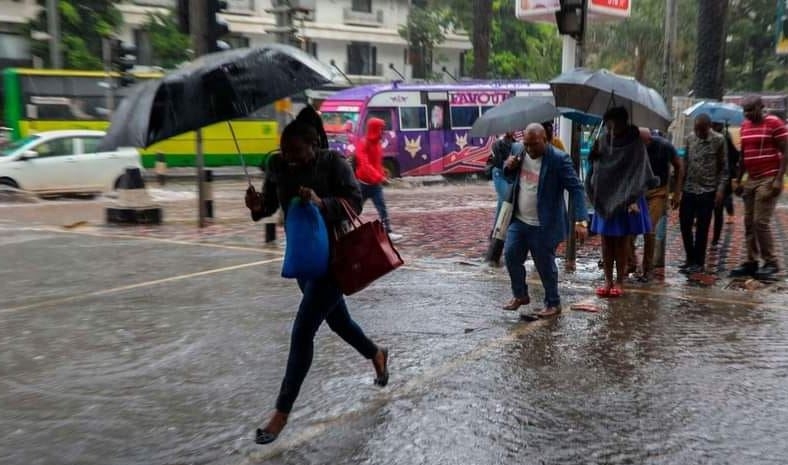Kenya has been removed from the list of 30 countries with the highest drug-resistant tuberculosis burden globally.
The World Health Organization, which made the update, said Kenya has made tremendous progress in controlling the airborne disease.
WHO said Kenya had also passed the milestone of a 35 per cent reduction in TB deaths compared with 2015.
Five other countries also passed this milestone.
The WHO, in its 2022 Global TB report, released on Friday, notes in most countries the situation worsened since the Covid-19 pandemic broke out.
“Intensified efforts backed by increased funding are urgently required to mitigate and reverse the negative impacts of the Covid-19 pandemic on TB,” WHO said in a statement.
On MDR TB, the WHO noted that Ethiopia and Thailand also transitioned out of the list of the 30-high burden countries.
The lists provide a focus for global action on TB, HIV-associated TB and drug-resistant TB in the countries where progress is most needed.
“They also help to build and sustain national political commitment and funding in the countries with the highest burden in terms of absolute numbers or severity and promote global monitoring of progress in a well-defined set of countries,” WHO said.
However, the burden of TB in Kenya is still high and it killed about 21,000 people in 2020, the Ministry of Health said.
Last year, about 140,000 people were estimated to have TB in Kenya.
Globally, 10.6 million people fell ill with TB in 2021, an increase of 4.5 per cent from 2020 and 1.6 million people died from TB, according to the WHO’s 2022 Global TB report.
The burden of drug-resistant TB (DR-TB) also increased by three per cent between 2020 and 2021, with 450 000 new cases of rifampicin-resistant TB (RR-TB) in 2021.
This is the first time in many years an increase has been reported in the number of people falling ill with TB and drug-resistant TB.
“If the pandemic has taught us anything, it’s that with solidarity, determination, innovation and the equitable use of tools, we can overcome severe health threats," WHO Director-General Dr Tedros Adhanom said.
"Let’s apply those lessons to tuberculosis. It is time to put a stop to this long-time killer. Working together, we can end TB."
Continued challenges with providing and accessing essential TB services have meant that many people with TB were not diagnosed and treated.
The reported number of people newly diagnosed with TB fell from 7.1 million in 2019 to 5.8 million in 2020.
There was a partial recovery to 6.4 million in 2021, but this was still well below pre-pandemic levels.
Reductions in the reported number of people diagnosed with TB suggest that the number of people with undiagnosed and untreated TB has grown, resulting first in an increased number of TB deaths and more community transmission of infection and then, with some lag-time, increased numbers of people developing TB.
“The report provides important new evidence and makes a strong case for the need to join forces and urgently redouble efforts to get the TB response back on track to reach TB targets and save lives,” Dr Tereza Kasaeva, director of WHO’s Global TB Programme said.
“This will be an essential tool for countries, partners and civil society as they review progress and prepare for the 2nd UN High-Level Meeting on TB mandated for 2023.”
(Edited by Tabnacha O)















